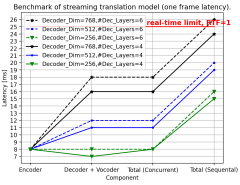Authors: Mohammad Akyash, Hadi Mardani Kamali
Published on: April 25, 2024
Impact Score: 7.4
Arxiv code: Arxiv:2404.16651
Summary
- What is new: This study is distinct in its application of Large Language Models (LLMs) to directly address security vulnerabilities in hardware (HW) design at the register transfer level (RTL), a novel approach in the semiconductor field.
- Why this is important: The growing complexity and size of modern hardware designs have escalated the risk of security vulnerabilities, with current detection and mitigation methods being insufficient.
- What the research proposes: The research proposed using Large Language Models (LLMs) specifically tailored to identify and fix security vulnerabilities in hardware designs before chip fabrication.
- Results: The study showed that LLMs could effectively identify and mitigate HW security vulnerabilities at the RTL design phase, suggesting a promising direction for future research in HW security.
Technical Details
Technological frameworks used: Large Language Models (LLMs) integration in HW design
Models used: Customized LLM architectures for HW security tasks
Data used: Register Transfer Level (RTL) designs
Potential Impact
The semiconductor industry, especially companies involved in chip design and fabrication, cybersecurity firms focusing on hardware, and businesses invested in the development of AI-driven security solutions.
Want to implement this idea in a business?
We have generated a startup concept here: SecureLLM.



Leave a Reply